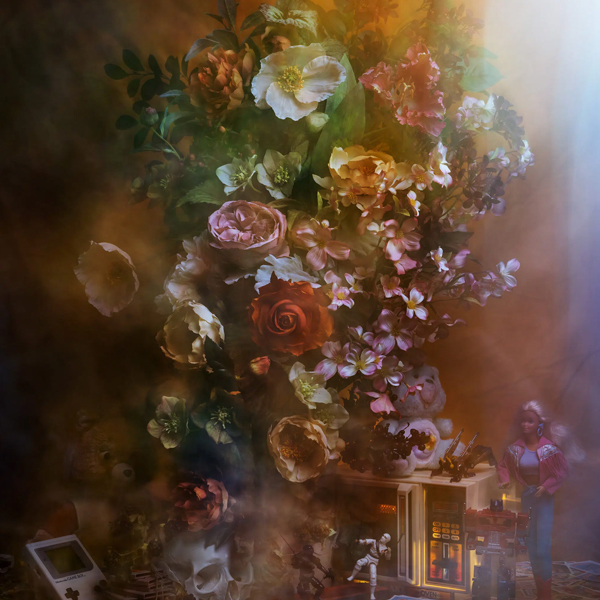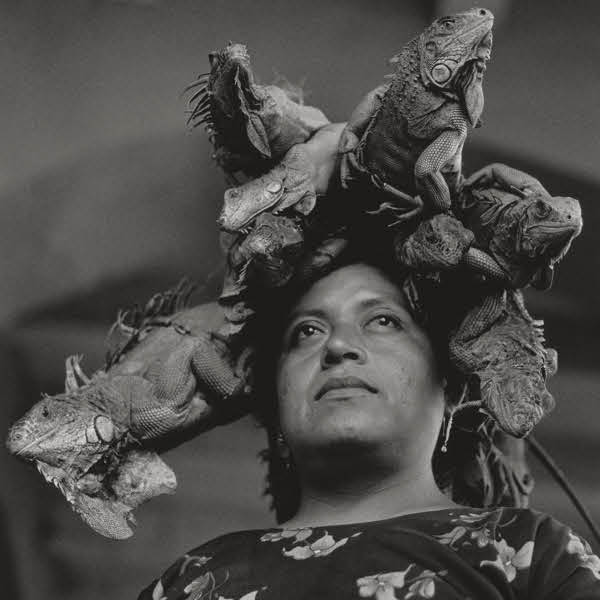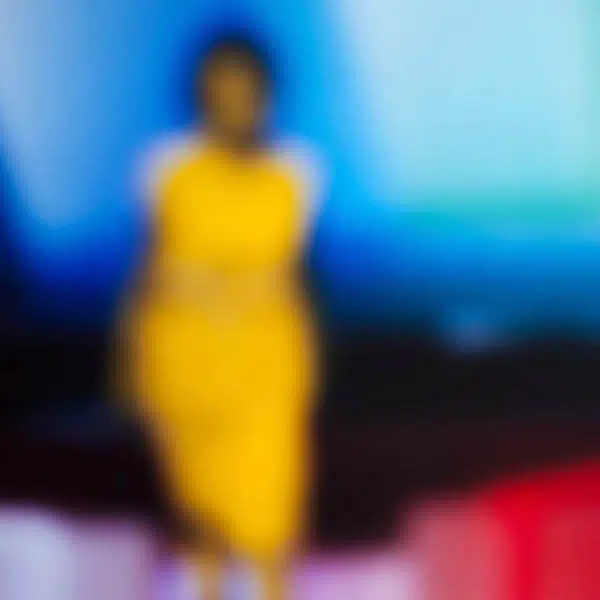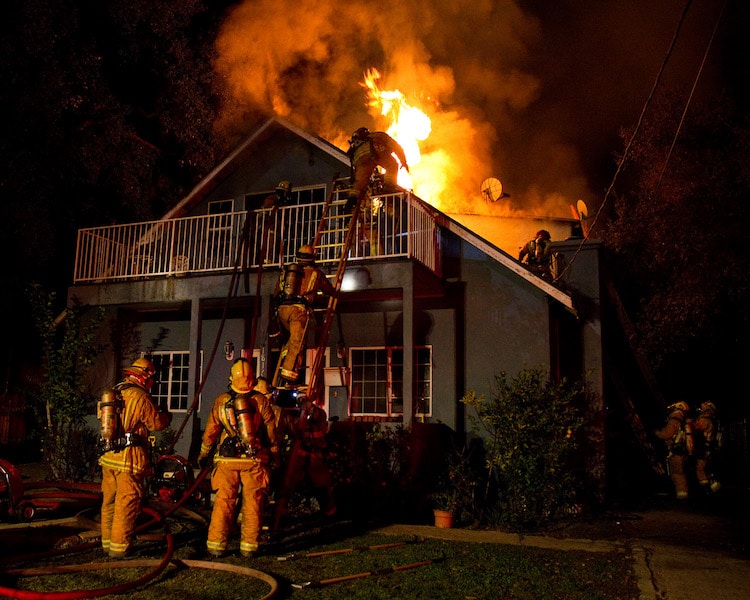
Very few of us ever witness the fervid and often intensely violent fire incidents that firefighters face as they rescue lives and properties across our communities. While most of us avoid these catastrophic situations at all costs, photographer Jamie Nicholson is dedicated to capturing these courageous and extraordinary moments. Nicholson has been a fire photographer for almost 10 years across Pasadena, Arcadia, and Monrovia Fire Departments in Southern California. His photographs exhibit the magnitude and power of blazing flames, as well as the raw energy, focus, and adrenaline of the fire personnel as they battle fires.
Originally from England, Nicholson moved to Arcadia, California at a young age and developed an interest in photography during high school. He was fascinated with creating his own films and prints and was fortunate to have his own darkroom. In fact, one of the first pictures that Nicholson ever developed showed remnants from parts of his junior high school the day after an arson had occurred. This aptly foreshadows his work into photographing fire incidents thirty years later.
The time and efforts Nicholson devotes to fire photography is completely voluntary and derives from his passion for the activity. Nicholson has a degree in Computer Science and works full-time as an engineer for a company based in New Jersey. His remote situation allows him to conveniently monitor the dispatch radio in the background and respond when necessary.
Providing fire photography services for three different fire departments requires experience, dedication, and constant preparedness at all dates and times. Nicholson explains that to catch certain pivotal shots “it takes a willingness to head out to many more incidents than I’ll actually shoot. For every one incident I shoot, I head out toward five or ten incidents that I don’t, oftentimes not even making it out of my garage.”
Being a fire photographer, Nicholson admits there are plenty of action-packed and exciting moments. At the end of the day, however, “the things that really stick with me are the acts of kindness that I see over and over again.”
We had the wonderful opportunity to ask Nicholson a few questions about his work in fire photography, and his shooting techniques. Scroll down to read our exclusive interview.
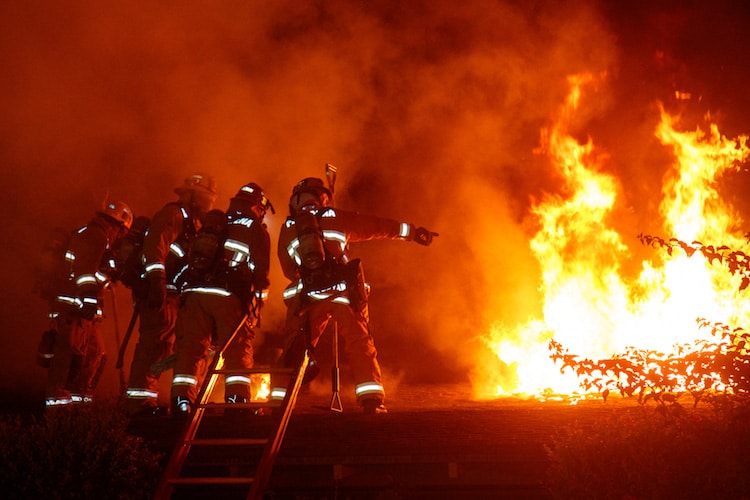
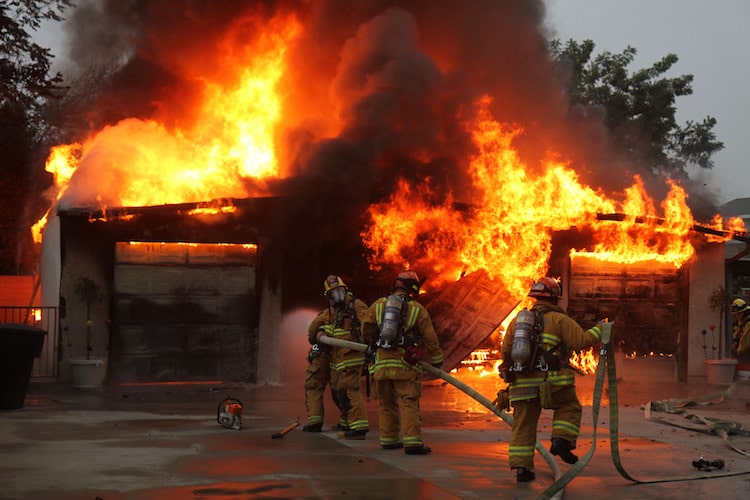
How did you become a fire photographer?
I have never worked in the fire service. A good friend who was an integral member of the Pasadena Fire Department knew of my interest and asked if I would like to be part of the volunteer photographer program. In September of this year, that will have been ten years ago. Now I shoot for three fire departments. There is a geographical limitation to the departments I can shoot for, since I have to be able to arrive in a timely manner to capture the incident as it unfolds. I live in Arcadia, and Pasadena and Monrovia are two of Arcadia’s bordering cities along the 210 Freeway.
How do you decide which incidents to photograph?
The number one consideration is whether or not I can get there and be on scene safely. That is why I have shot so few incidents on the freeway. Generally speaking, when the Battalion Chief is dispatched, I receive a text message from Verdugo [dispatch center] alerting me to the incident. Assuming I’ve decided I can arrive to an incident safely and quickly enough, experience plays a big role in knowing if I should head out. Many reported fires are not fires at all, and many smaller fires are put out before I can get there. The elements that make for an exciting photograph are at odds with the firefighters’ needs to rescue and resolve an incident in as timely a manner as possible.
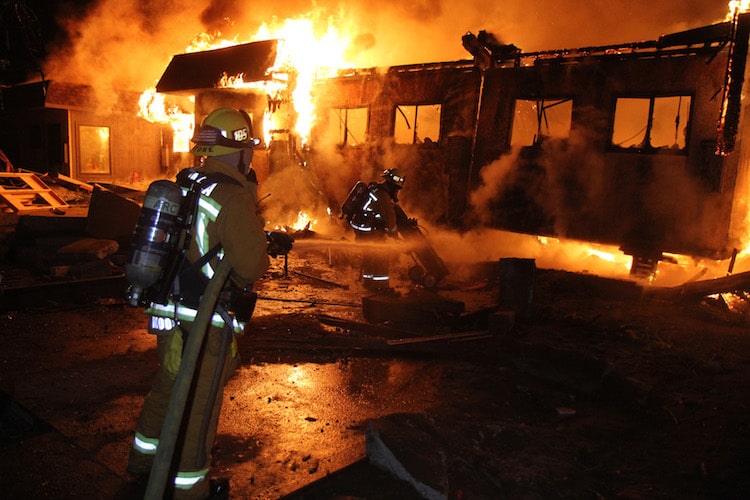
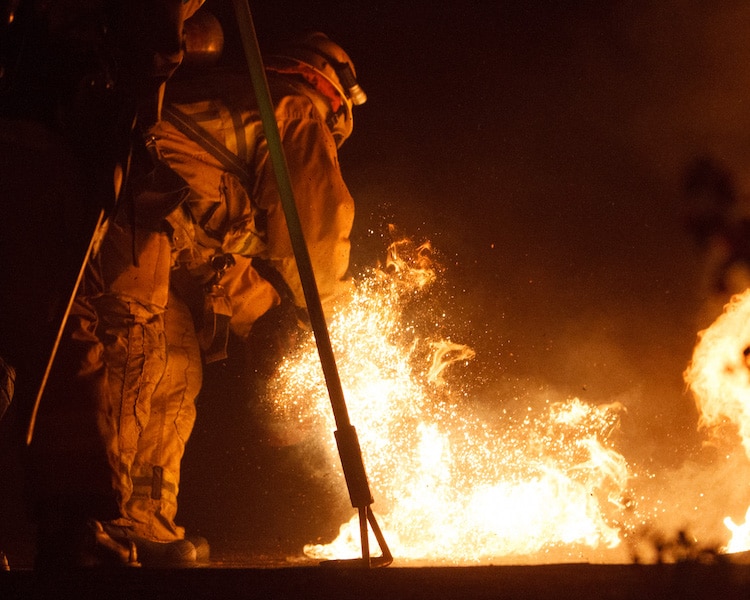
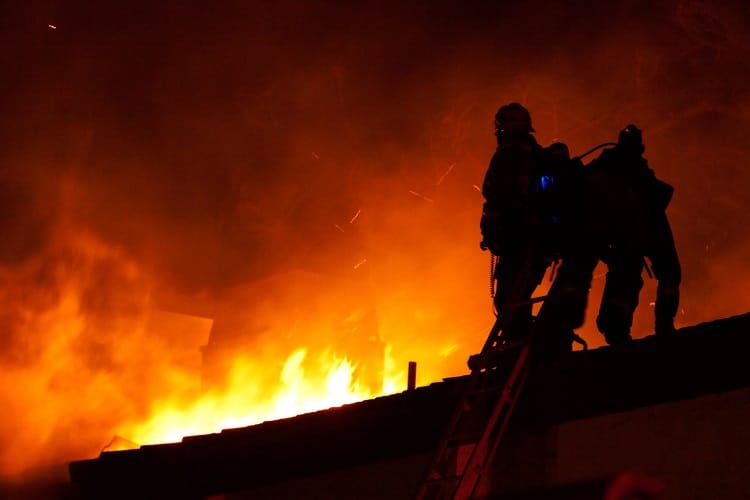
What steps do you take to prepare before photographing an incident?
Be ready to take pictures at a moment’s notice. There is no time for preparation once an incident is dispatched. My primary incident cameras are always in my car ready to shoot. When I return from an incident, my very first step is to replace the batteries and cards in both cameras, clean the cameras if necessary, then return them to my car. Only then do I process images.
Aside from always being ready to go, I also like to learn from each incident by critically reviewing my work. There is always something to learn from mistakes. For example, I learned early on to use the largest memory cards possible and not to swap cards on scene. I once shot a big fire in Monrovia with rolling balls of fire coming from the roof of the commercial building. I filled a memory card early with “big fire” shots. I can remember thinking there were magazine cover shots on the card. I had placed the filled card in my jacket pocket as I’d done many times before, and must have dropped the card on the ground. The card was never to be recovered. I learned something that day.
How do you interact with firefighters and civilians during an incident?
When I first started, it was odd interacting with the firefighters on scene. Everyone was always pleasant but firefighters knew not to chat with people carrying cameras and notepads. Now, everyone knows and recognizes me. As an incident unfolds everyone is all business. There are simple “hellos” but the primary focus is on whatever is taking place, both for them and for me. As things unwind and firefighters cool off and take water, I am treated like one of them. These are great people and I’ve made good friends.
As for civilians, on any given incident there’s a bubble that forms around the scene. Whether it’s yellow tape or a natural barrier formed by people observing, it’s easy enough to not have much interaction with onlookers. But it does happen, since I am carrying a bunch of cameras. People approach me to show the great pictures they’ve taken with their phones. Sometimes people just have a piece of information they want to pass along.
During massive windstorms in 2011, I arrived on scene to a fire. Several people approached me pointing to a second fire that had started out of view. I made immediate contact with the first firefighter I reached, and they were quickly able to get the ball rolling on the second fire.
Most people just want to help so I thank them. If people have questions, I direct them to an officer or fire official. I am a photographer and I never give incident information. Finally, sometimes it is just appropriate to comfort someone. I am happy to do so when it is helpful.
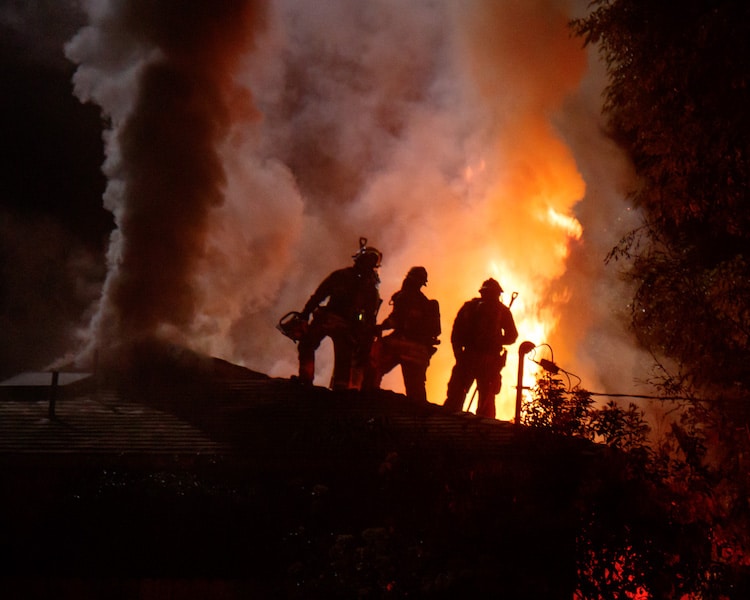
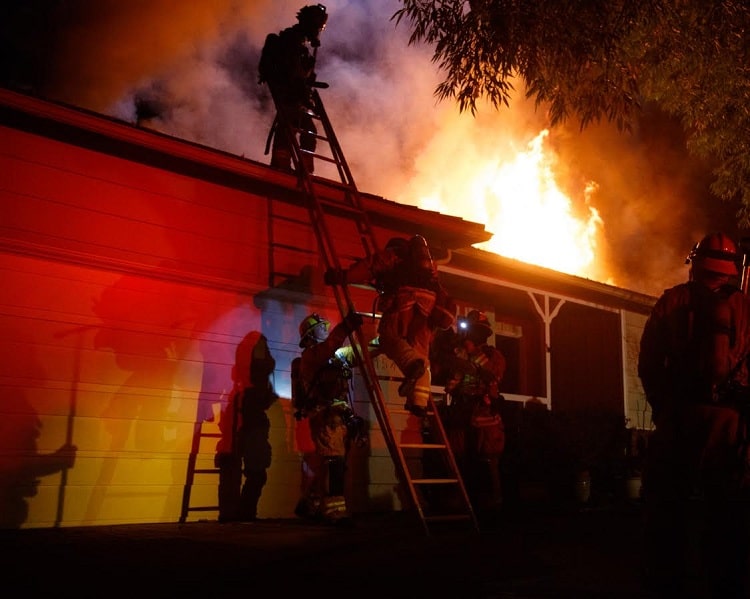

What is your favorite type of shot to capture in fire photography, and what are the most important elements you look for?
People! People with big fire, smoke or action behind them. Everyone also loves animals. Emotion is another great element for on-scene photos, although it is tricky. If a victim is key to the scene then I’ll include them. For example, auto-extrication shots need victims to give the proper context. However, I do not like pointing my camera at people during certain situations. I rarely shoot homeowners watching their home burn, even though there may be good emotion shots. This is where my purposes differ from a typical photojournalist’s.
I am not there to make their days worse, or to get the shot at any cost. I am there to tell the story, but in a respectful way. If I do photograph victims, privacy is my number one concern. I try to find angles that show the scenes without revealing the victims’ faces or identifying features. Only on rare occasions have I shot into the back of a rescue ambulance. I also avoid license plates for the same reason. Privacy is key.
Fire is a very complex and light sensitive subject to shoot. What are the biggest obstacles to filming fire incidents?
There are certainly unique challenges to photographing an emergency scene, and none more challenging than a nighttime fire scene. Fire is bright, nighttime is dark, and the two don’t mix. You have to be willing to let the fire blow out in order to capture the details of the scene. You also have to be very judicious with the use of flash since firefighters’ personal protective equipment (PPE) have highly reflective tape on it. Using flash causes the tape to blow out badly, which often fools the camera’s meter. I am always pushing the limits of the camera and the lens. Since more of the incidents occur at night than during the day, I am always shooting high ISO, wide aperture, and long shutter speeds. As is true with any photography, managing that is critical.
When fire becomes the main subject of a photograph, it is sometimes beneficial to expose properly for the fire and let the foreground silhouette, or a combination thereof. Emergency vehicle lights also have to be considered. With so many lights flashing in uncontrolled patterns, lens flare is a constant problem. I don’t use UV “protective” filters on my lenses for this reason. They just add to the lens flare possibility, even the good ones. I always shoot raw. I want as much information stored as possible. Post-process work almost always involves balancing the exposure of the people in the scene with the ever-present strong light sources.
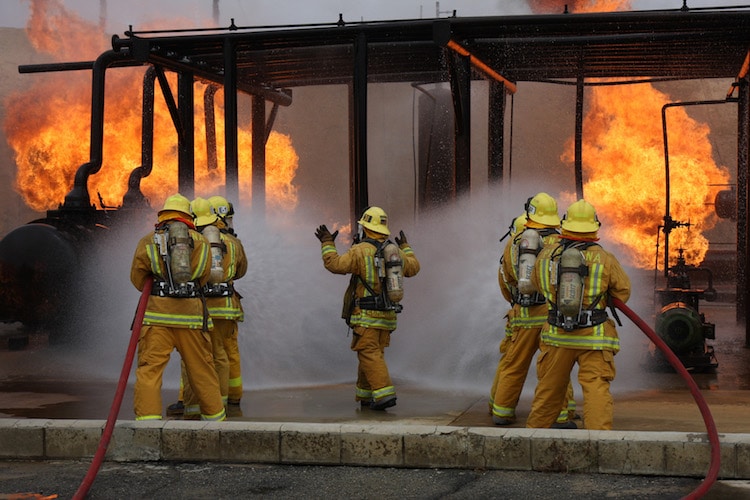
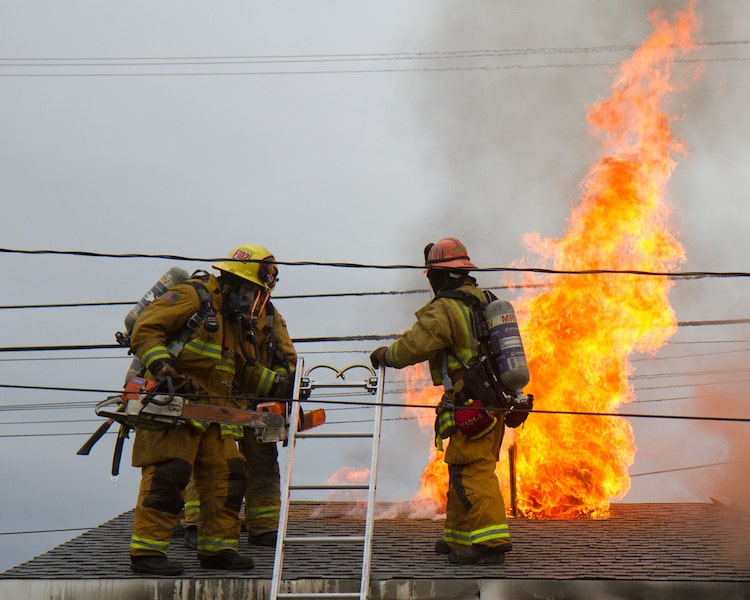
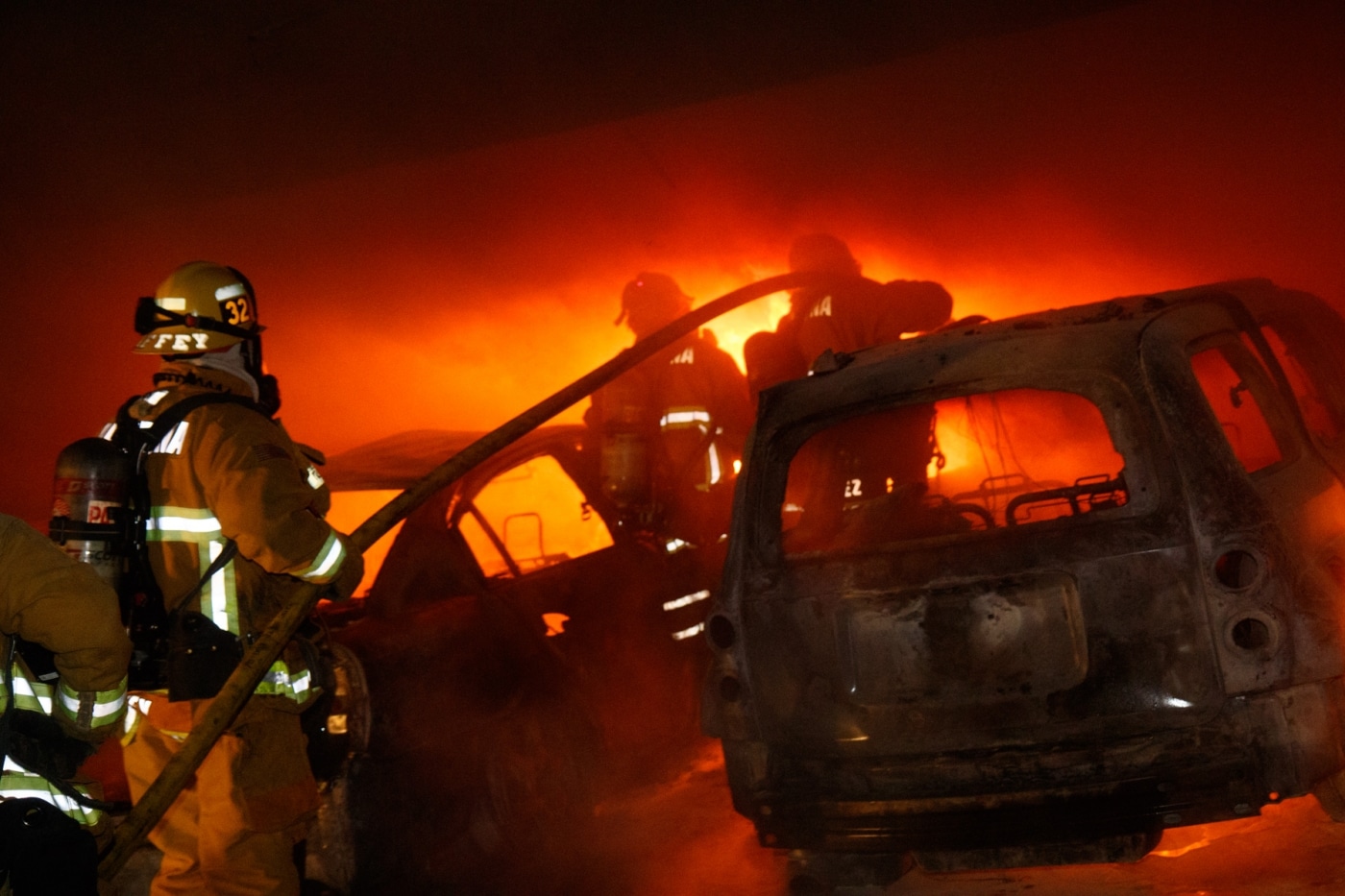
What is the best part of being a fire photographer?
People helping people. When I first started it was all about the excitement and the big fires, all the things you’d expect. However, what really sticks with me are the acts of kindness that I see over and over again: letting a child sit in the Captain’s seat; comforting a patient who’s packaged up for transport; helping an elderly lady who’s worried about a brush fire; covering up furniture to help prevent water damage; standing on street corners to raise money for charity; being elbow-deep in someone else’s blood or vomit; and yes, running into burning buildings. These are just some of the endless acts of kindness I’ve witnessed.
Ultimately, what drives me the most about being a fire photographer is the thought of a firefighter showing his or her child a picture I took and saying, “that’s what Daddy does,” or “that’s what Mommy does.”
Who are your artistic and photography influences, and are you working on any major photography projects you can share?
The photography and writing of Ansel Adams always inspired me. His writings and those of John Shaw on exposure and darkroom techniques are not to be missed. Currently, I’m using my systems engineering experience to build a heat sensing and tracking tripod head. I am in the early test phases and intend to use it for both video and stills. Its purpose is mostly to track a rocket as it launches. Initial tests have been quite successful.
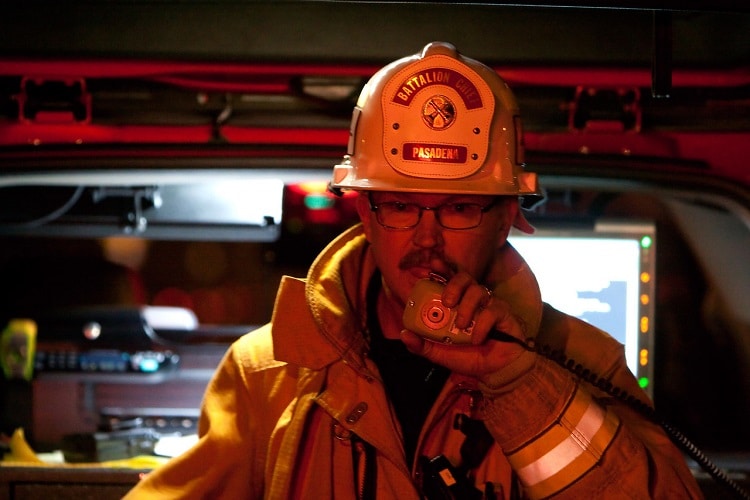
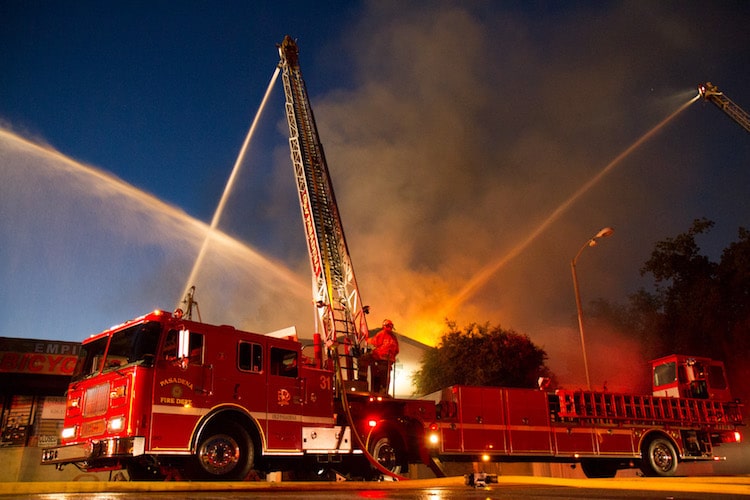
Jamie Nicholson: Website












































































